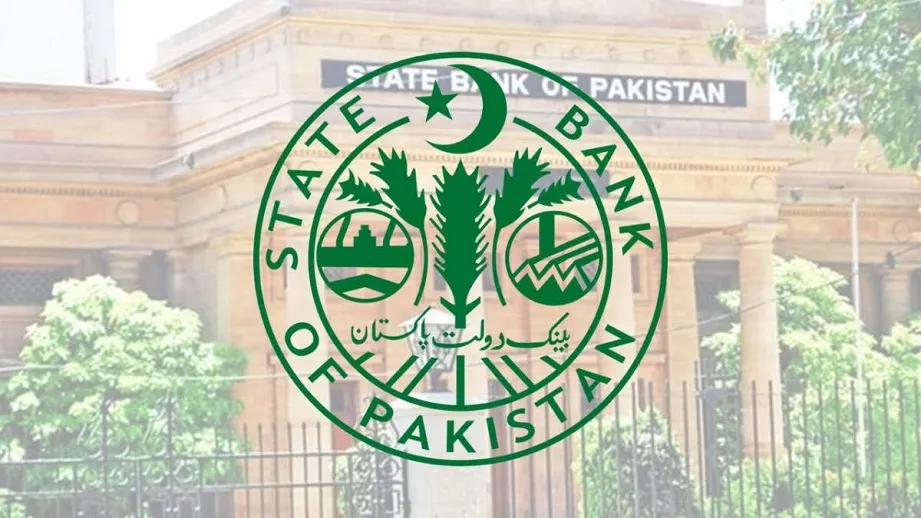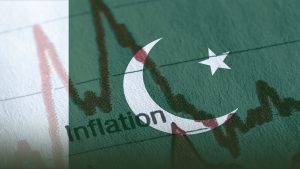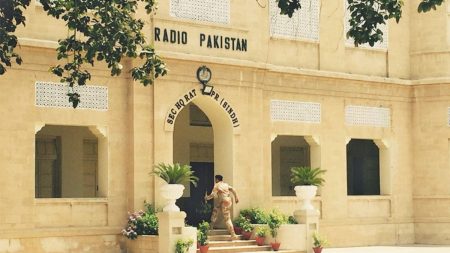Islamabad: SBP has emphasized the need to enhance external external reserves to avoid any external shock with vigilant financial management with cutting risks.
The State Bank of Pakistan (SBP), in its 2024 Financial Stability Review (FSR), highlighted key challenges and opportunities for the country’s economic growth.
Emphasizing the critical need for structural reforms to maintain sustainable growth, the SBP stressed the importance of building external buffers and reducing external financing risks.
With rising protectionism threatening global economic stability, the review pointed out potential hurdles for Pakistan’s economy, necessitating vigilant financial management and regulatory actions.
Key Insights from the Financial Stability Review
Macroeconomic Conditions:
The SBP acknowledged improvements in the macroeconomic environment during calendar year (CY) 2024, noting significant progress in areas such as inflation control, monetary easing, fiscal consolidation, and a stable rupee-dollar parity. These factors contributed to an economic recovery and better external account balance, which in turn enhanced financial sector resilience.
Banking Sector Resilience:
Stress tests on Pakistan’s banking sector indicated strong resilience to potential shocks, with banks expected to maintain compliance with capital adequacy requirements. The banking sector’s balance sheet grew by 15.8% during CY24, driven by an uptick in both investments and advances. Notably, private sector advances showed strong growth, supported by economic revival and monetary policy easing.
The non-performing loans (NPL) ratio improved, decreasing from 7.6% in December 2023 to 6.3% in December 2024, signaling a recovery in credit quality.
Islamic banking institutions also showed growth in their asset base and branch network, reflecting the SBP’s commitment to promoting Shariah-compliant financial services. While microfinance banks (MFBs) continued to face stress, the overall banking system remained financially sound.
Read More: Pakistan Financial Sector Shows Strong Resilience and Performance in 2024: SBP
Non-Banking Financial Sector:
The development finance institutions (DFIs) experienced a contraction, while the non-bank financial institutions (NBFIs) sector saw significant expansion. The insurance sector remained stable, showing resilience amid uncertain global conditions.
Corporate Sector Performance:
The non-financial corporate sector faced challenges with moderated earnings and pressured sales due to tighter financial conditions and subdued economic activity. However, the sector’s liquidity profile and repayment capacity remained robust, with large borrowers continuing to exhibit strong creditworthiness.
Financial Market Infrastructure (FMIs):
The FMIs played a crucial role in maintaining financial system stability, particularly through the support of digital transactions and the ongoing growth of retail payments. The Raast payment system continued to thrive, particularly after the launch of the Person-to-Merchant module in late 2023, helping improve financial inclusion and efficiency.
International Collaboration for Remittances:
In line with its efforts to improve financial inclusivity, the SBP signed an MoU with the Arab Monetary Fund (AMF) to integrate Raast with the Buna cross-border payment system. This partnership aims to streamline remittances from the Gulf region, further enhancing Pakistan’s financial ecosystem.
The SBP’s 2024 Financial Stability Review underscores Pakistan’s improved economic outlook amidst ongoing global challenges.
While the financial sector shows significant resilience, particularly within the banking and non-banking sectors, structural reforms remain crucial to ensure long-term economic stability.
Also Read: Debt Payments: SBP Foreign Exchange Reserves Drop by $367 Mln
The SBP’s proactive stance on monitoring emerging risks, coupled with efforts to bolster financial inclusivity through digital innovations, positions the country to navigate uncertainties and foster sustainable growth.









